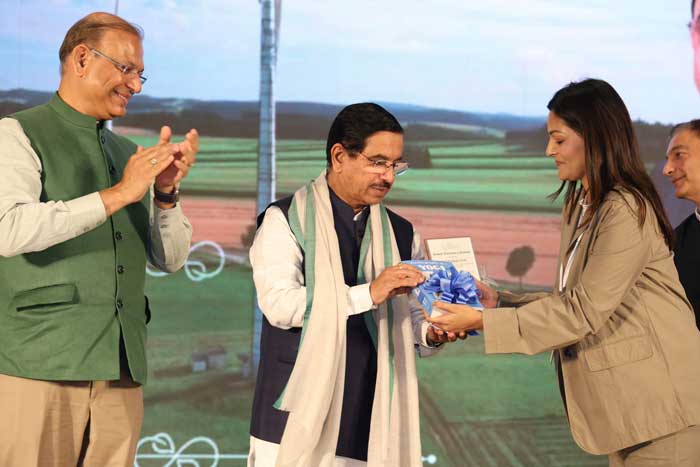The Union Minister for New & Renewable Energy spotlighted India’s investor-friendly clean energy policies as a driving force in the global energy transition at a renewable energy summit in Mumbai.
Speaking a day after India surpassed 44 per cent non-fossil fuel capacity, reaching its 2030 target five years ahead of schedule, Prahlad Venkatesh Joshi, Union Minister for New & Renewable Energy, called for enhanced investments in the renewable energy sector.
Addressing the first edition of the renewable energy summit organised by the not-for-profit apex industry body, India Venture and Alternate Capital Association (IVACA), Joshi stated, “With 245 GW of non-fossil capacity installed, including 117 GW of solar and 51.7 GW of wind, India today stands as a renewable energy powerhouse. Solar tariffs have fallen nearly 80 per cent, making clean energy not only sustainable but also more cost-effective than conventional sources.”
He added that the government’s forward-looking policies have enabled India to lead the global energy transition.
“This remarkable growth reflects our steady progress toward achieving 500 GW of non-fossil fuel capacity by 2030.”
In FY2025 alone, the country added nearly 30 GW of renewable capacity, the highest ever in a single year. Solar led the expansion with 23.83 GW installed, while wind crossed the 50 GW threshold.
Government Programmes Driving Growth
Joshi highlighted flagship initiatives such as the ₹197.44 billion National Green Hydrogen Mission, designed to position India as a global hub for hydrogen production, use, and export.
He also cited the 30 GW hybrid renewable energy park in Gujarat’s Kutch region and the largest waste-to-energy plant in Ahmedabad, underscoring India’s ability to scale innovative and sustainable solutions.
In 2024 alone, 83 per cent of all power sector investments in India were directed towards renewables, attracting $2.4 billion in global development finance. In just the first quarter of 2025, clean energy investments surged to $9.8 billion (₹817 billion), marking a 7.7-fold year-on-year increase.
Joshi also spoke about the progress in renewable energy manufacturing ecosystem.
“Solar module production capacity has more than doubled—from 39 GW to nearly 91 GW—while solar cell output rose from 11 GW to 25 GW. These advances have reduced import dependency and improved self-reliance.”
Under the Pradhan Mantri Surya Ghar Muft Bijli Yojana, more than 1.65 million households have benefited, with over 1.5 million rooftop solar installations in the past 12 months alone.


